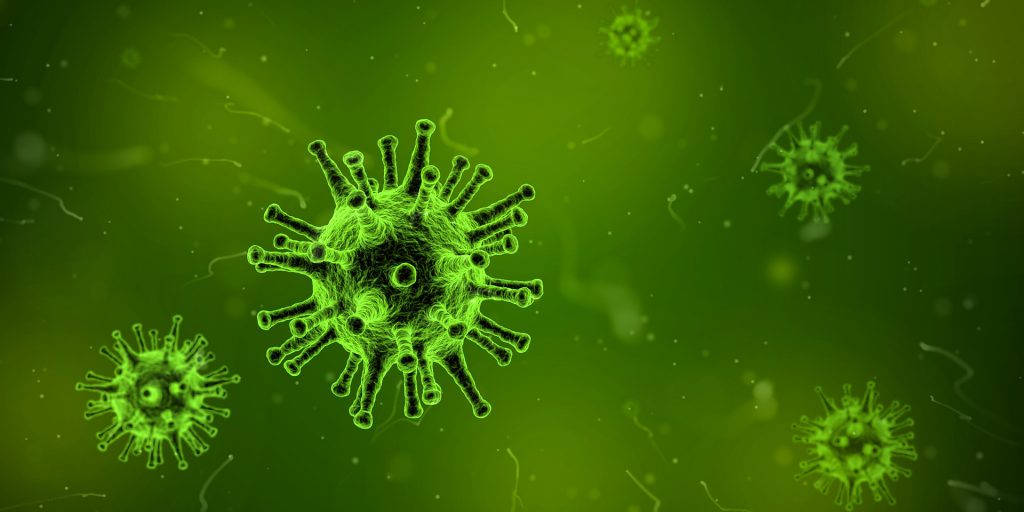It’s looking increasingly likely that our little bacterial buddies have a major influence on neurodegenerative disease, from producing extra amyloid, to regulating inflammation, to generating free radicals.
In mouse models of Alzheimer’s disease, a protein complex that forms part of the nervous system’s innate immune system binds to toxic amyloid-beta, promoting the formation of plaques.
Salamanders can regenerate body parts, and are mysteriously resistant to cancer, provoking great interest in the scientific community as possible models for future human therapeutics. But the salamander genome is enormous, making a complete sequencing too challenging to undertake. Until now, that is.
Are you a woman concerned about your fertility because of your age? No problem: just replace your eggs’ mitochondria.
Why does the immune system’s mission control turn into useless fat as we age?
Take away a pro-inflammatory signaling molecule from a fly’s genome and it lives up to 25% longer… But you’d better keep it in a protective bubble. It will also die quicker when exposed to stressors.
Here’s a result that might keep you up at night: a very small study finds that pulling an all-nighter increases levels of amyloid-beta the next day by 25-30%.
Chemotherapy assaults cancer ruthlessly and causes cancer cells to senesce. Unfortunately, senescence can also cause cells to gain growth-inducing stem-cell-like functions, which can lead to the dreaded relapse tumor.
Tegan McCaslin
Tegan is Geroscience's lead editor, and writes on a variety of topics--mainly science, medicine, and humans--here and elsewhere on the web.



